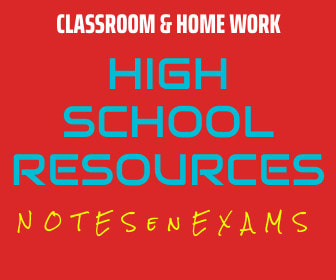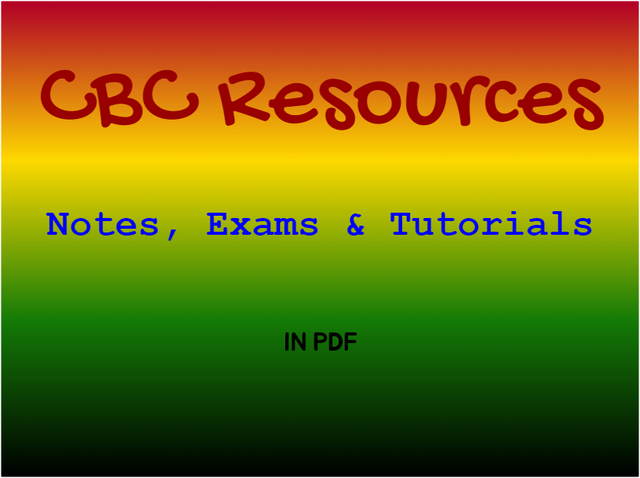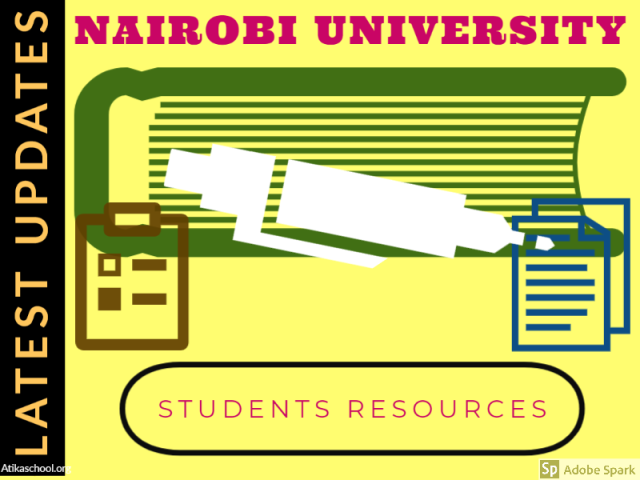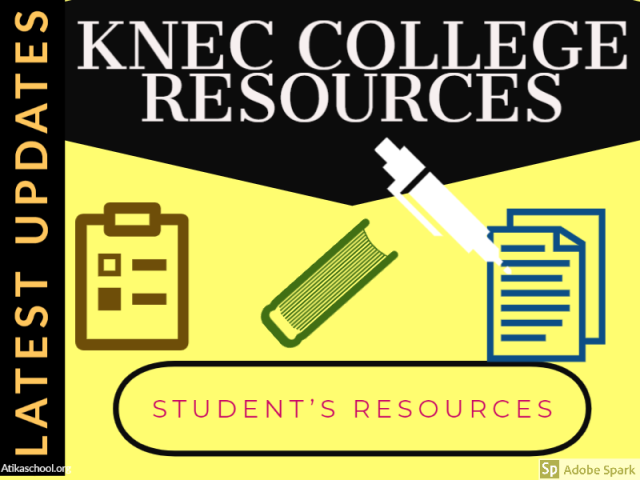Mastering KCSE Biology with Comprehensive Topical Questions and Answers
TRANSPORTATION IN PLANTS AND ANIMALS1. 1989 Q3 P1 Explain how the red blood cells of mammals are adapted for efficient transport of oxygen. 2. 1989 Q11 P1 In experiment, a leafy shoot was set-up in a perometer and kept in a dark room for two hours. The set up was then transferred to a well lit room for two hours. (a) What is the aim of the experiment? (b) Explain the result which would be expected in each of the two experimental conditions. 3. 1991 Q2 P1 Give two reasons why the pressure of blood is greater in the arteries that in the veins of mammals. 4. 1992 Q6 P1 Most carbon dioxide is transported from tissues to the lungs within the red blood cells and not in the blood plasma. Give two advantages of this mode of transport. 5. 1992 Q17 P1 The amount of blood flow through various parts of a mammalian body was measured in cubic centimeters per minute at rest and also during physical activities. The results are shown in the table below
(a) Calculate the percentage changes in the blood flow through the skeletal muscle and the gut when the mammal was subjected to strenuous exercise from rest. (b) Account giving reasons for the differences in the amount of blood flow through the gut and skeletal muscles. (c) How does the heart increase blood flow to some parts of the body during astrenuous exercise? (d) Explain the results obtained for the skin (e) Name three substances that are removed from the body by the Kidneys. 6. 1993 Q6 P1 State two functions of mammalian blood other than transport of substances 7. 1994 Q1 P1 Name a structure in veins which is not found in other blood vessels, that adapts them to their function. 8. 1995 Q11 P1 The diagram below represents a transverse section of a young stem
(a) Name the parts labelled A and B (2 marks) A _________________________ B _________________________ b) State the functions of the parts labelled C, D and E (4 marks) C ____________________ D ____________________ E ____________________ c) List three differences between the section shown above and one that would be obtained from the root of the same plant (3 marks) 9. 1996 Q17 P1 (a) How may excessive bleeding results in death? (4 marks) (b) Name the process by which the human body naturally stops bleeding? (1 mark) (c) How can low blood volume be brought back to normal (3 marks) 10. 1996 Q19 P1 The diagram below represents then pathways of water from the soil into the plant.
a) Name the structures labelled K and L. (2 marks) K ________________ L ________________ b) Explain how water from the soil reaches the structure labelled L.(5 marks) c) Name the process by which mineral salts enter into the plant (1 mark) 11. 1997 Q4 P1 State two ways in which xylem vessels are adapted to their function 12. 1997 Q13 P1 An experiment was carried out to determine the rate of transpiration in three plants A, B and C. Plants, A and B belonged to different species while plants B and C belonged to the same species. Plant C had all its leaves removed. The three plants were of similar size and were exposed to the same environment conditions. The results are as shown below in the graphs below
(a) Suggest possible environment conditions under which the experiment was carried out between 30 and 60 minutes (b) Account for the results obtained for plant C (c) Suggest the habitat for plant A and B. Give reasons for your answer. 13. 1998 Q1 P1 Why are people with blood group O universal donors? 14. 1998 Q18 P1 A hungry person had a meal, after which the concentration of glucose and amino acids in the blood were determined. This was measured hourly as the blood passed through the hepatic portal vein and the iliac vein in the leg. The results were as shown in the table below.
(a) Using the same axes draw graphs of concentration of glucose in the hepatic portal vein and the iliac vein in the leg against time (b) Account for the concentration of glucose in the hepatic vein from: (i) 0/1 hour (ii) 1-2 hour (iii) 2- 4 hours (iv) 5 – 7 hours (c) Account for the difference in the concentration of glucose in hepatic portal vein and the iliac vein between 2 and 4 hours. (d) Using the data provided in the table explain why the concentration of amino acids in the hepatic portal vein took longer to increase. 15. 1999 Q1 P1 Name two processes that bring about the translocation of manufactured food 16. 1999 Q2 P1 Give two reasons why accumulation of lactic acid during vigorous exercise leads to an increase in heartbeat. 17. 1999 Q14 P1 The photograph below represents a blood smear obtained from a person suffering from a certain disease. //Diagram not availble now, check progress later a) Name the structure labelled X. b) i) Name the structure labelled L ii) State the function of the source labelled M c) What disease was the person suffering from? d) List three ways by which micro-organisms enter the human body. 18. 2000 Q11ab P1 The diagram below represents a section of a leaf.
(a) Name the parts labelled X, and Y X _________________ Y _________________ (b) Using arrows indicate on the diagram the direction of flow of water during the transpiration stream 19. 2001 Q3 P1 A person whose blood groups is AB requires a blood transfusion. Name the blood groups of the donors. 20. 2001 Q8 P1 (a) The type of circulatory system found in members of the class insecta is (b) Name the blood vessel that transports blood from: (i) Small intestines to the liver (ii) Lungs to the heart 21. 2002 Q6 P1 In what form is oxygen transported from the lungs to the tissues? 22. 2002 Q16 P1 The diagram below represents part of phloem tissue.
a) Name the structures labelled R and S and the cell labelled T. b) State the function of the structure labelled S c) Explain why xylem is a mechanical tissue 23. 2003 Q9 P1 Name the: a) Material that strengthens xylem tissue. b) Tissue that is removed when the bark of a dicotyledonous plant is ringed. 24. 2004 Q2 P1 Distinguish between natural and acquired immunity (2 marks) 25. 2004 Q13 P1 The diagram below shows a vertical section through a mammalian heart.
a) Name the parts labelled A, B, E and F (4 marks) A ________________ B ________________ E ________________ F ________________ b) Use arrows to show the direction in which blood flows in the heart. (2 marks) c) Give a reason why the wall of chamber C is thicker than chamber D (2 marks) 26. 2005 Q3 P1 What is the role of the vascular bundles in plant nutrition? (3 marks) 27. 2005 Q9 P1 Why would carboxyhaemoglobin lead to death? (2 marks) 28. 2005 Q14 P1 A set up that was used to investigate certain process in plants is shown in the diagram below.
a) What process was being investigated? (1 mark) b) (i) State two precautions that should be taken when setting up the experiment. (2 marks) (ii) Give a reason for each precaution stated in b(i) above. (2 marks) c) State three environmental factors that influence the process under investigation. (3 marks) 29. 2006 Q7 P1 a) Name one defect of circulatory system in humans. (1 mark) b) State three functions of blood other than transport. (3 marks) 30. 2006 Q4 P2 The diagram below represents a traverse section through a plant organ
a). From which plant organ was the section obtained? (1 mark) b). Give two reasons for your answer in (a) above. (2 marks) c). Name the parts labelled J, K and L. (3 marks) d). State two functions of the part labelled M. (2 marks) 31. 2006 Q8 P2 Describe how water moves from the soil to the leaves in a tree. (20marks) 32. 2007 Q9 P1 State two ways in which the root hairs are adapted to their function (2 marks) 33. 2007 Q10 P1 The diagram below represents a plant tissue
(a) Name the tissue (1 mark) (b) Name the cells labelled K and L. (2 marks) (c) What is the function of the companion cell? (1 mark) 34. 2007 Q11 P1 (a) What prevents blood in veins from flowing backwards? (1 mark) (b) State two ways in which the blood cells are adapted to their function (2 marks) 35. 2007 Q6 P2 In the experiment to determine the effect of ringing on the concentration of sugar in phloem a ring of bark from the stem of a tree was cut and removed. The amount of sugar in grammes per 16cm3 piece of bark above the ring was measured over a 24 hour period. Sugar was also measured in the bark of a similar stem of a tree which was not ringed. The results are shown in the table below.
(a) Using the same axes, plot a graph of the amount of sugar against time (6 marks) (b) At what time was the amount of sugar highest in the (i) Ringed stem (1 mark) (ii) Normal stem? (1 mark) (c) How much sugar would be in the ringed stem if it was measured at 0345 hours? (1 mark) (d) Give reasons why there was sugar in the stems of both trees at 06 45 hours (2 marks) (e) Account for the shape of the graph for the tree with ringed stem between: (i) 06 45 hours and 15 45 hours (3 marks) (ii) 15 45 hours and 00 45 hours (2 marks) (f) Name the structures in phloem that are involved in the translocation of sugars (2 marks) (g) Other than sugars name two compounds that are translocated in phloem (2 marks) 36. 2008 Q20 P1 (a) What is a single circulatory system (1 mark) (b) Name an organism which has single circulatory system (1 mark) (c) Name the opening to the chamber of the heart of an insect (1 mark) 37. 2008 Q6 P2 An experiment was carried out to investigate transpiration and absorption of water in sunflower plants in their natural environment with adequate supply of water. The account of water was determined in two hour intervals. The results are as shown in the table below
(a) Using the same axes, plot graphs to show transpiration and absorption of water in grammes against time of the day (7 marks) (b) At what time of the day was the amount of water the same for transpiration and absorption? (1 mark) (c) Account for the shape of graph of: (i) Transpiration ( 3 marks) (ii) Absorption ( 3 marks) (d) What would happen to transpiration and absorption of water if the experiment was continued till 05 00 hours? (2 marks) (e) Name two factors that may affect transpiration and absorption at any given time (2 marks) (f) Explain how the factors you named in (e) above affect transpiration (2 marks) 38. 2009 Q6 P1 The diagram below shows a section through a plant organ
(a) (i) Name the class of the plant which the section was obtained ( 1 mark) (ii) Give a reason for your answer in (a) (i) above (b) State the functions of the part labelled F (1 mark) 39. 2009 Q28 P1 (a) State three structural differences between arteries and veins in mammals (3marks) (b) Name a disease that causes thickening and hardening of arteries (1 mark) 40. 2009 Q29 P1 Explain why the rate of transpiration is reduced when humidity is high 41. 2010 Q14 P1 Explain why is not advisable to be in a poorly ventilated room with a burning charcoal. (3 marks) 42. 2010 Q23 P1 Explain three ways in which red blood cells are adapted to their function. (3 marks) 43. 2010 Q 28 P1 State three structural differences between arteries and veins. (3 marks) 44. 2010 Q2 P2 The diagram below shows blood circulation in a mammalian tissue.
a) Name the part labelled P and Q (2 marks) b) Name the substance that are: i) Required for respiration that move out of capillaries; (2 marks) ii) Remove from tissue cells as a result of respiration (2 marks) c) Explain how substances move from blood capillaries into the tissue cells. (2 marks) d) Name one component of the blood that is not found in the part labelled P (1mark) 45. 2011 Q16 P1 a) Describe the condition known as varicose veins. (2 marks) b) What is the role of blood platelets in the blood clotting process? (2 marks) 46. 2011 Q20 P1 The number of stomata on the lower and upper surfaces of two leaves from plant species X and Y were counted under the field of view of a light microscope. The results were as shown in the table below.
a) Which of the two leaves would be expected to have a lower rate of transpiration? (1 mark) b) Give a reason for your answer in (a) above. (1 mark) 47. 2011 Q7a P2 a) Explain how the structural features in terrestrial plants affect their rate of transpiration. (13 marks) 48. 2012 Q8 P2 What is the probability of a couple with blood group AB getting a child with blood group AB? Show your working. (4 marks) 49. 2012 Q11 (a) P1 (a) State two ways in which heart muscles are special. (2 marks) 50. 2012 Q23, 28 P1 23. Name the strengthening materials found in the following support tissues: (a) Collencyma; (b) Xylem (2 marks) 28. State two differences between open and closed circulatory systems (2 marks) 51 2012 Q8 P2 (a) Using a relevant example, describe how an allergic reaction occurs in a human being. (10 marks) (b) Describe how environmental factors increase the rate of transpiration in terrestrial plants. (10 marks)
1 Comment
silvanus amugune
31/7/2017 12:35:40
Reply
Leave a Reply. |
Archives
December 2024
Categories
All
TOPICSFORM 1
Form 2
Form 3
Form 4
|
We Would Love to Have You Visit Soon! |
Hours24 HR Service
|
Telephone0728 450425
|
|
8-4-4 materialsLevels
Subjects
|
cbc materialsE.C.D.E
Lower Primary
Upper Primary
Lower Secondary
Upper Secondary
|
teacher support
Other Blogs
|























 RSS Feed
RSS Feed